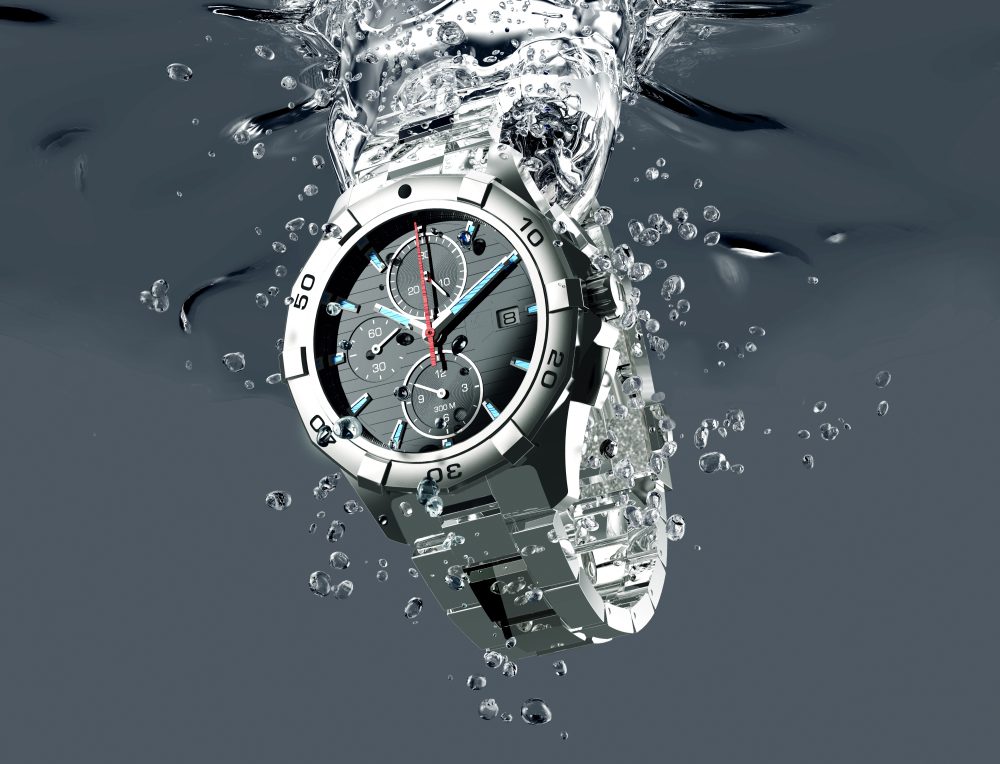So you’ve gone out and bought yourself a new watch and after having looked at the water resistance rating declared by the manufacturer you’re confident that it will stand up to the daily lifestyle that you’re accustomed to. However after having worn it in relatively light situations, you’ve now noticed that the watch is showing signs of water inside the case. Surely this cant be right?! Well, depending on the rating you could be in for a nasty surprise. There are in fact two international standards for the water resistance of watches. These are ISO 22810:2010 and ISO 6425. ISO 22810:2010 (which as the designation implies was revised in 2010) defines the standard by which watches are tested and denotes the applied markings allowed to be placed on the watch. The table below is an extract of ratings and their suitability for proximity or use in water (also available at…
…..or “why no one needs a helium release valve but everyone has one!” If you’ve been reading articles in the watch world for a year or more it’s likely that you will have come across at least one article discussing the presence of helium release valves in modern watches. What most of those articles will quite rightly explain is that you simply don’t need one as most divers don’t dive with their watches – mainly because they now use dive computers, and for those who do, less than 1% are ‘saturation divers’ (the type of diving where a build up of helium on a watch is possible and likely). However what I’m going to explain is why they don’t need one either! Firstly let’s cover the basics of what it is for and why a divers watch might need one. When divers operate at great depths, they either live in…


